Lotus Blossom
... Choose the "Purest" in the Pond.
The lotus blossom is the most sacred of all the flowers... a symbol of spiritual enlightenment!
When I meditate I keep a picture of a lotus flower nearby. Sometimes, I get to meditate beside a pond that's thick with lotuses... an awesome, peaceful experience.
But if you don't live near a lotus lake, there's another way to stay close to their aura... a lotus picture.
Lotus images have a powerful spiritual force. The actual petals may have withered and died months or years before but the energy still vibrates within the image.
So, if you're like me and you have a sacred space for meditation or a place you just love to spend time alone… set a picture of a lotus blossom there on a small table. It will become a spiritual friend.
"To have complete satisfaction from flowers, you must have
time to spend with them. There must be rapport.
I talk to them and they talk to me."
-Princess Grace of Monaco
Photo Editing - Express Yourself
Your photos reflect who you are. Be what you want to be. Even if you're a realist, you can have fun playing with a photo-editor. I don't process all of my photos in an artistic painterly style. Some I only apply basic adjustments in Camera Raw.
But many of my photographs are impressionistic. 'Painting' my photos lets me play and express my own style in my photos. It makes my pictures unique to me.
I use Lightroom, Photoshop, and Topaz Impression. I've also used ON1.
Don't be afraid of editing programmes. You computer comes with one and if you outgrow that particular programme, move up to a more advanced software. Go through the lessons that come with your photo-editor or search YouTube for help. The point is to enjoy the process while you learn.
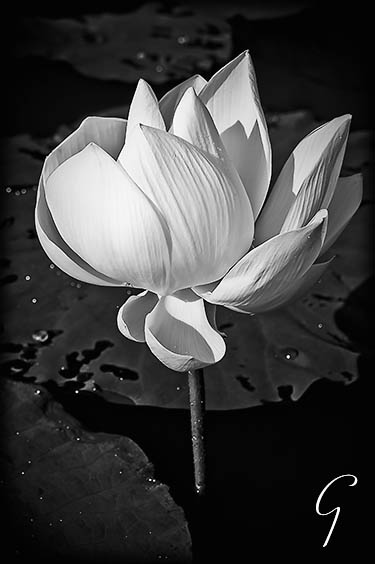 |
Sukothai Heritage Park (UNESCO site), Thailand In Photoshop, I removed a few dust spots and changed the image to gray scale. The flower is actually a soft pink but i like the details that show up in the petals in this high contrast black and white image. |
Textures and Layers
Now things are getting more advanced. Photoshop is the coolest program if you have the time to learn it in depth to get even half of what this program offers. If you don't want a program with such a steep learning curve, go for Adobe Elements
The Adobe CC photographer's bundle is a good deal ... for US $9.99 per month, you'll have access to Bridge, Photoshop (and Camera Raw) and Lightroom. You'll always have the updates and it's an end to buying all the expensive upgrades every year or so. I'm happy with Adobe Creative Cloud... keeps me up to date and saves me money. Who doesn't like that?
I miss the lotus fields in Asia. It's been a couple of years now since I lived next door to them. They're grown in fields dug down low to hold the rain... the lotus needs wet feet.
When I walked between the fields, They were above my head, the humongous leaves sometimes 4 feet across. After a rain, I'd find pools of water rolling around in the leaves. These leaves feed the stems water from the top down as well as from the foots!
Watching the blobs of water roll lazily around is quite mesmerizing. (You'll see that in the video.)
The lotus fields support an extensive group of aquatic animals... the herons and frogs hang around in large numbers. Here's a front seat video experience of a lotus field I used to visit to photograph.
These folded lotus blossoms were floating in a huge ceramic bowl in the hotel lobby in Siem Reap.
I'm baffled at how anyone has the patience and talent to do this. I regret that I didn't ask them to show me how to do it.
To create this image, I added three layers of textures to the petals with their yellow seed pods. There's an obvious textile look to the image... it's the canvas texture layer.
I tried different textures in Photoshop, found some that fit the image I imagined. Then I played with the blending modes and opacity for each one until I got what I wanted. Kind of a back and forth game.
Then I saved it as a PSD, changed the image size to what I needed for my webpage and applied a curves adjustment. The last step, I saved it as a JPG.
The Lotus Blossom
... More than just a pretty petal.
SCIENTIFIC NAME: Nelumbo nucifera
AKA the Indian Lotus or the Sacred Lotus. Don't confuse it with the water lily. The reproductive parts are very different. The water lily doesn't have the large "container" that the lotus blossom has. That vessel becomes the seed pod. It's easy to see in my images here.
And it's easy to see that the lotus leaves grow well above the water... the water lily leaves float on the top of the water... "lily pads".
Symbolism
|
I just said that the lotus grows on a long stem and doesn't float on the water... but this one's stem broke and it's resting lightly on the pond. It's not a water lily because it has a seed pod. It isn't the huge lotus you see in the farm fields. It's a smaller cultivated plant used for displays in garden ponds. This one was in the concrete pond in front of our university's sports building. According to several Eastern beliefs the lotus plant symbolizes the path to enlightenment. The roots are anchored in the mud… the muck, of course, is human ignorance. The stems and leaves climb up through the water… our desire for spiritual growth. The lotus flower overcomes ignorance and and reaches for something more… the air is final enlightenment, the soul's awakening. |
That's three of the four universal elements of air, water and earth. The fourth is fire… the lotus blossom is fire! So, the lotus is made up of the four universal elements.
Do you know anything about the Eastern concept of chakras? Kundalini yoga recognizes 8 chakras. They fall along the midline of the body and each one is represented by a lotus. The root chakra is red with four petals… it's our very basic instincts like sex and aggression. And it's located at the base of your tail bone.
From the bottom up, the colors of the petals change and the number of petals increase… except for the Third Eye between your eyebrows - it only has two petals. At the very top of your head is your crown chakra with a thousand petals, sometimes white, sometimes multicolored. It's pure consciousness!
Uses
Talk about a multi-purpose plant!
The most beautiful use I can think of… show them off in a vase. And cut a few seed pods as well. They're used a lot in dried flower arrangements.
In Asia, the flowers, stems, and young leaves are made into teas. Sometimes the flowers are mixed with green teas. I really like lotus tea and I've bought it in Cambodia and Korea. Even the long, slender stamens are dried to make a scented herbal tea.
The roots (rhizomes) are rich in vitamins and minerals. They make a really tasty pickled dish and a great soup.
|
And I like this… the seeds are collected from the large pods and popped just like popcorn! Or you can eat them raw like sunflower seeds. A paste made out of boiled lotus seeds is an ingredient in mooncakes and a few other Asian pastries. Oh yes, you might find the petals decorating your salad plate. Yum! Ever thought about doing food photography? ;) |
I
was a fiber artist for many years, so this got my attention. In
Myanmar - it used to be Burma - lotus plants are treated and woven into a
beautiful textile to make "lotus robes" for Buddha images.
If you were a farmer in Aisa, the lotus would be an excellent crop choice! Nothing goes to waste.
|
"Namaste" to the lotus blossom. You must have picked up some ideas for your own lotus pictures here. Once you you can envision it, open your eyes... look at the flower in front of you. What do you have to do to make that imaginary picture real? Composition, exposure, lighting… then do it. |
Need some help with planning out your photos? Adopt (or adapt) my photography workflow... you'll find it here.
Okay, I'll leave you to your lotus blossom pictures!
P.S. Then... if you'll share it with everyone, send me a picture of your framed lotus photos on the table in your sacred space.
Flower Photography Home › Pictures of Flowers › Lotus Blossom
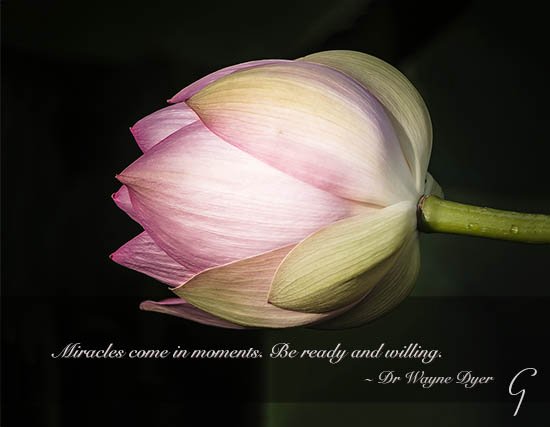
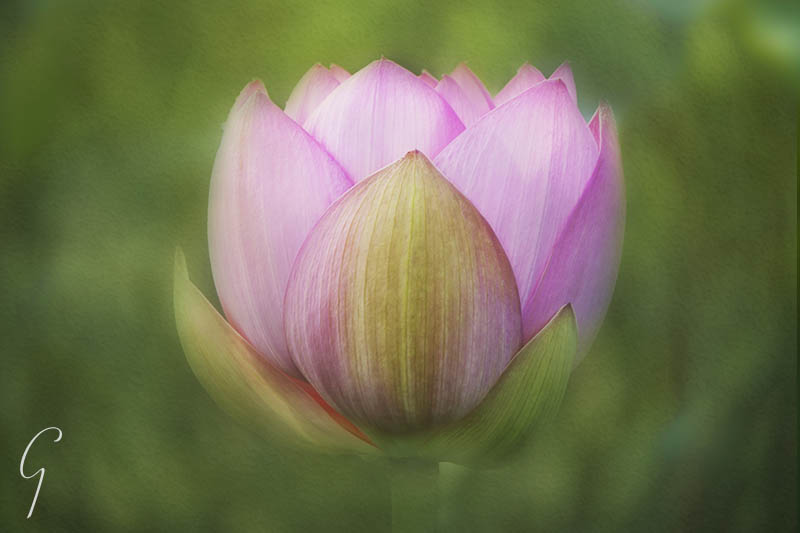
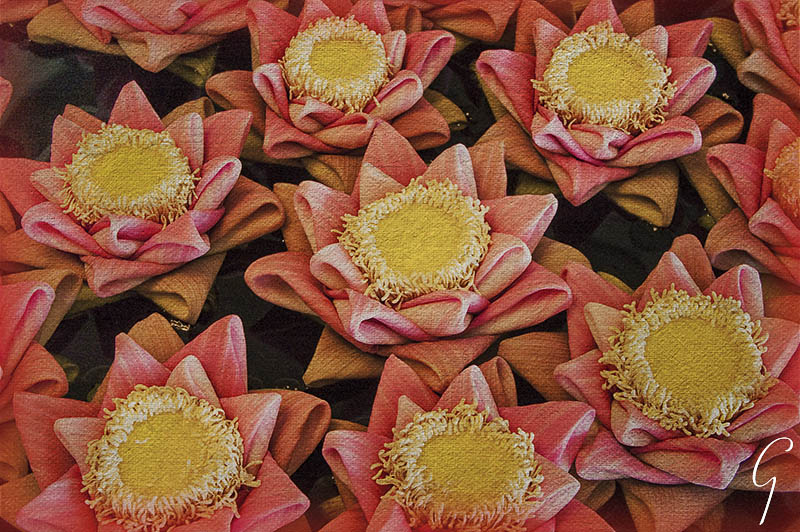
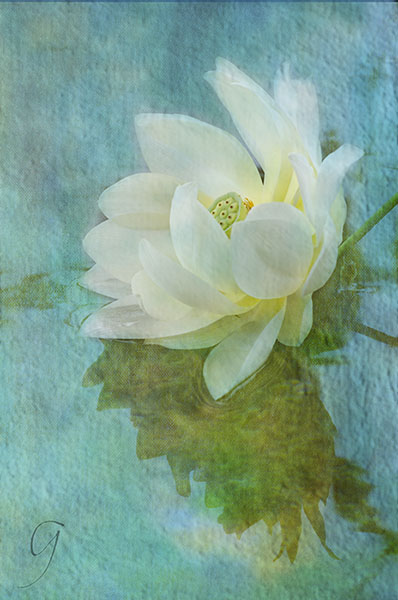
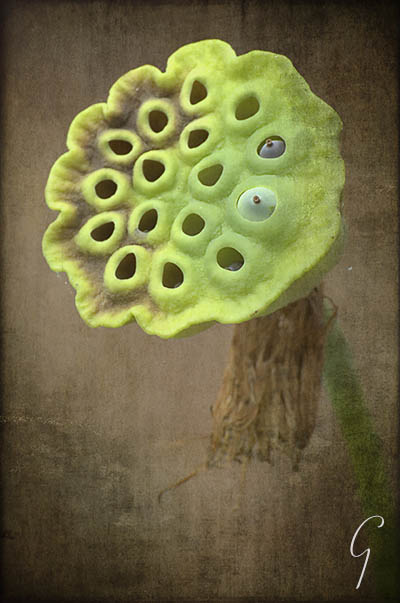
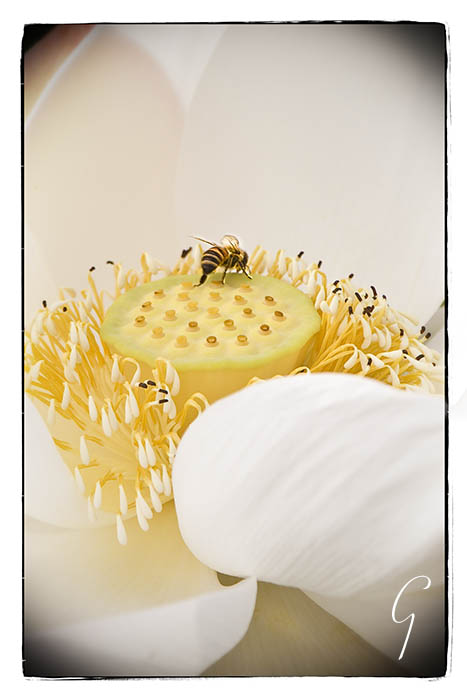



New! Comments
Please leave me a comment in the box below.I'd love to hear your stories, share your photos and read your comments about this page.